An Introduction Guide to Wedding Photography
Truth is, wedding photography isn’t for everyone. It requires a ton of pre-planning, patience, and knowledge.
Weddings can’t be re-shot should something go wrong with the images. So you have to do many things to ensure that you get it right. This leaves no room for error, which can put a lot of stress on a photographer.
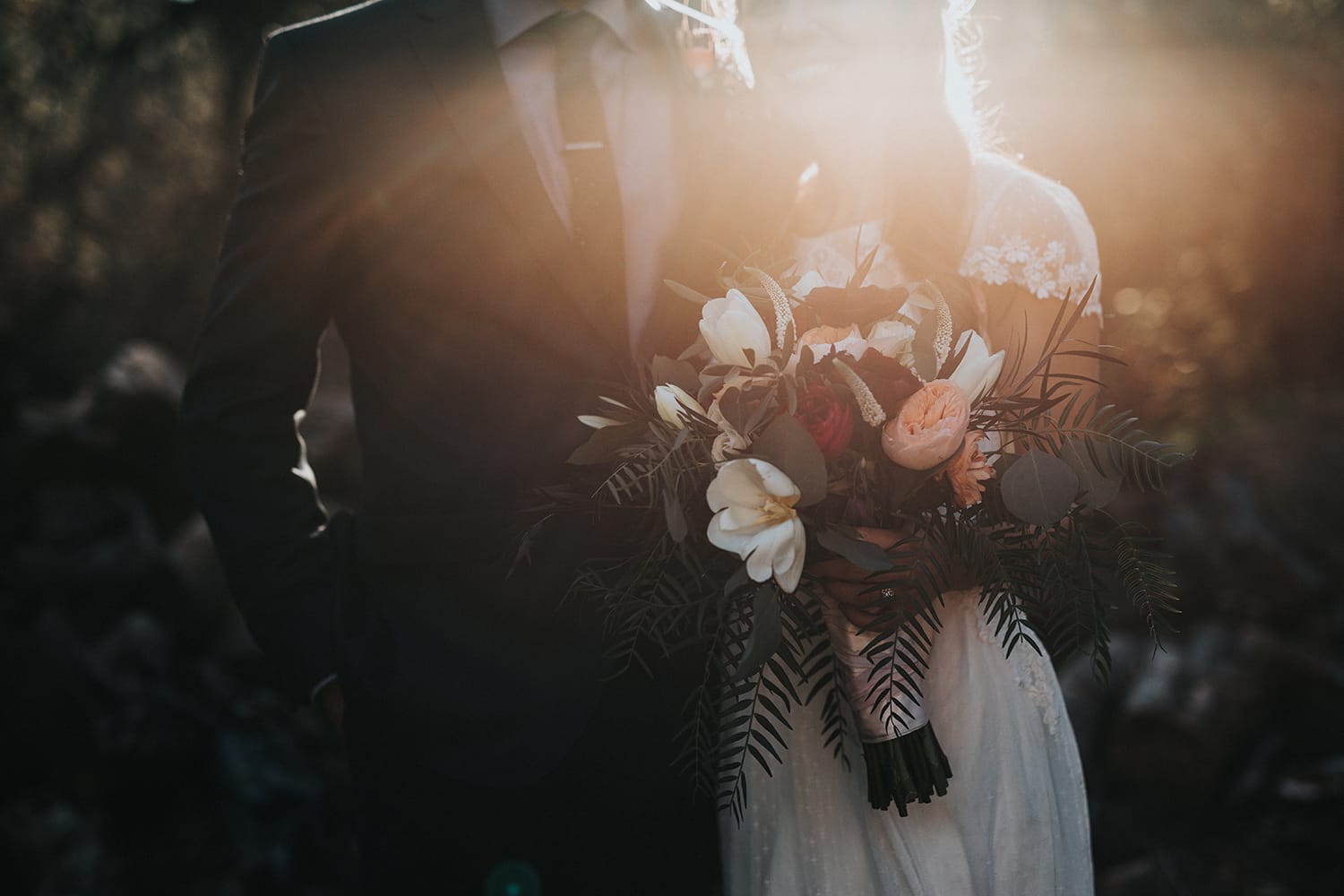
Unless you are 100% confident that you can handle the job and produce professional images of this very special day, you should politely turn down the request. There is nothing wrong with not saying “yes” to every request you get as a photographer. It’s better to let them find someone more experienced and knowledgeable than to end up completely ruining the images of a day that doesn’t have a do-over option.
But if you are ready to venture into the world of wedding photography, make sure you are prepared for this huge task that comes with a lot of responsibility.
Here are a few tips and things to keep in mind before booking your first wedding.
Second Shoot With a Pro:
You don’t want to show up at a wedding just assuming you are prepared because you have read up on the subject. While reading articles and watching videos is absolutely a great way to learn the tricks of the trade, the best way to familiarize yourself with the wedding photography process is to get hands on experience by assisting (second shooting) with another pro who knows the ropes.
Get in as many assisting jobs as possible before flying solo.
Assisting pros can help you get a feel of the types of shots you should be getting, gear needed, and how to deal with the fast pace and stress of the responsibility that comes with shooting a wedding. Listen to them, watch them, learn as much as you can from them.
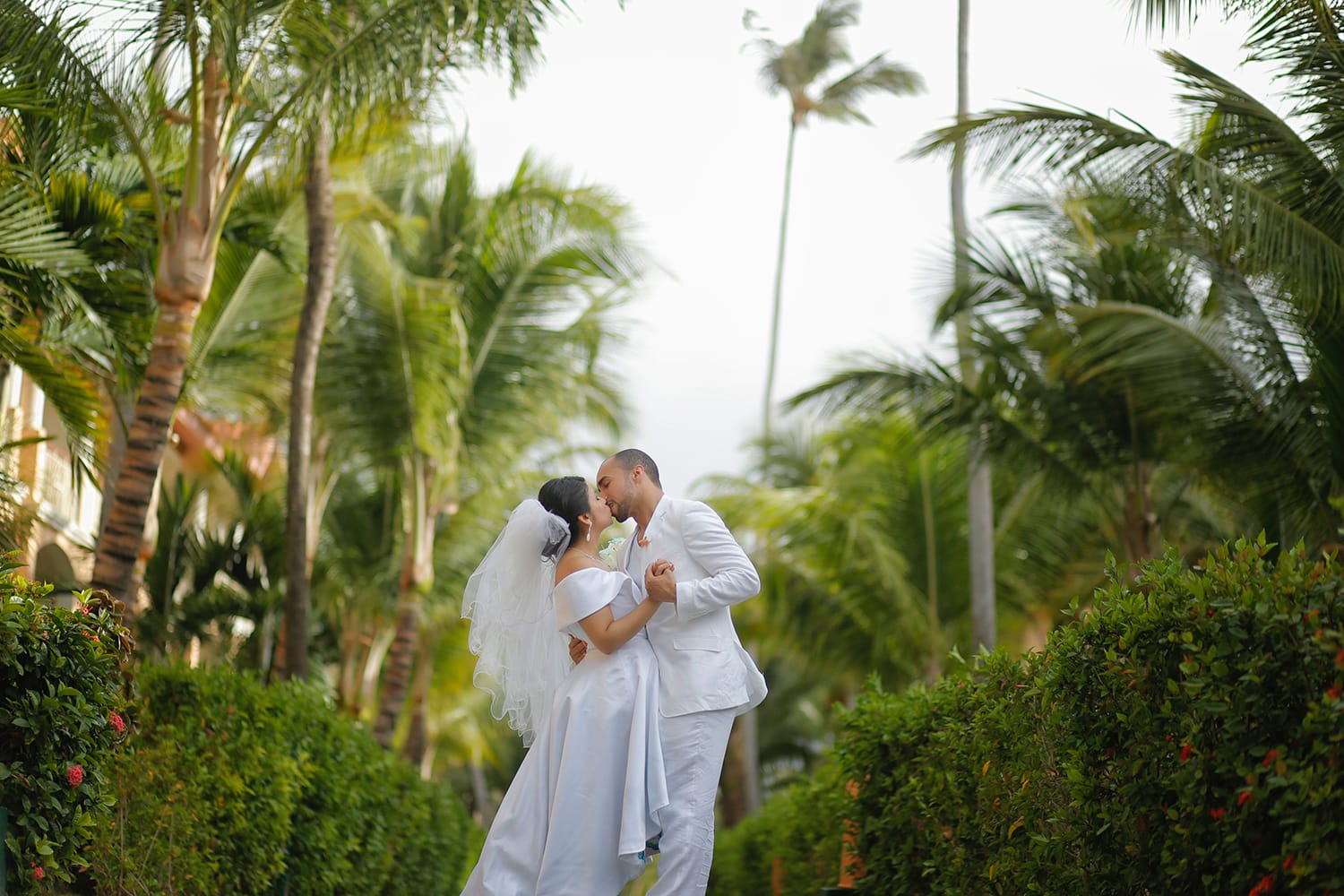
Whether you are second shooting for free for learning purposes only, or getting paid for the help, you should get in multiple assisting gigs before booking your first solo wedding.
Gear
You need to make sure that everything you are using to shoot with works properly prior to the wedding. The last thing you want to do is get there and your gear fail on you. Yes, things happen, electronics malfunction. This is why you need to have back-up equipment on hand should something go wrong mid-wedding. You will need a back-up camera, back-up lighting, back-up memory cards and batteries, multiple lenses, etc.
Before you walk out the door to head to the wedding, double-check that everything works and that you haven’t forgot anything. Once you get to the wedding, everything is so fast-paced that you won’t have time to run back home or wait for someone to come to your rescue.
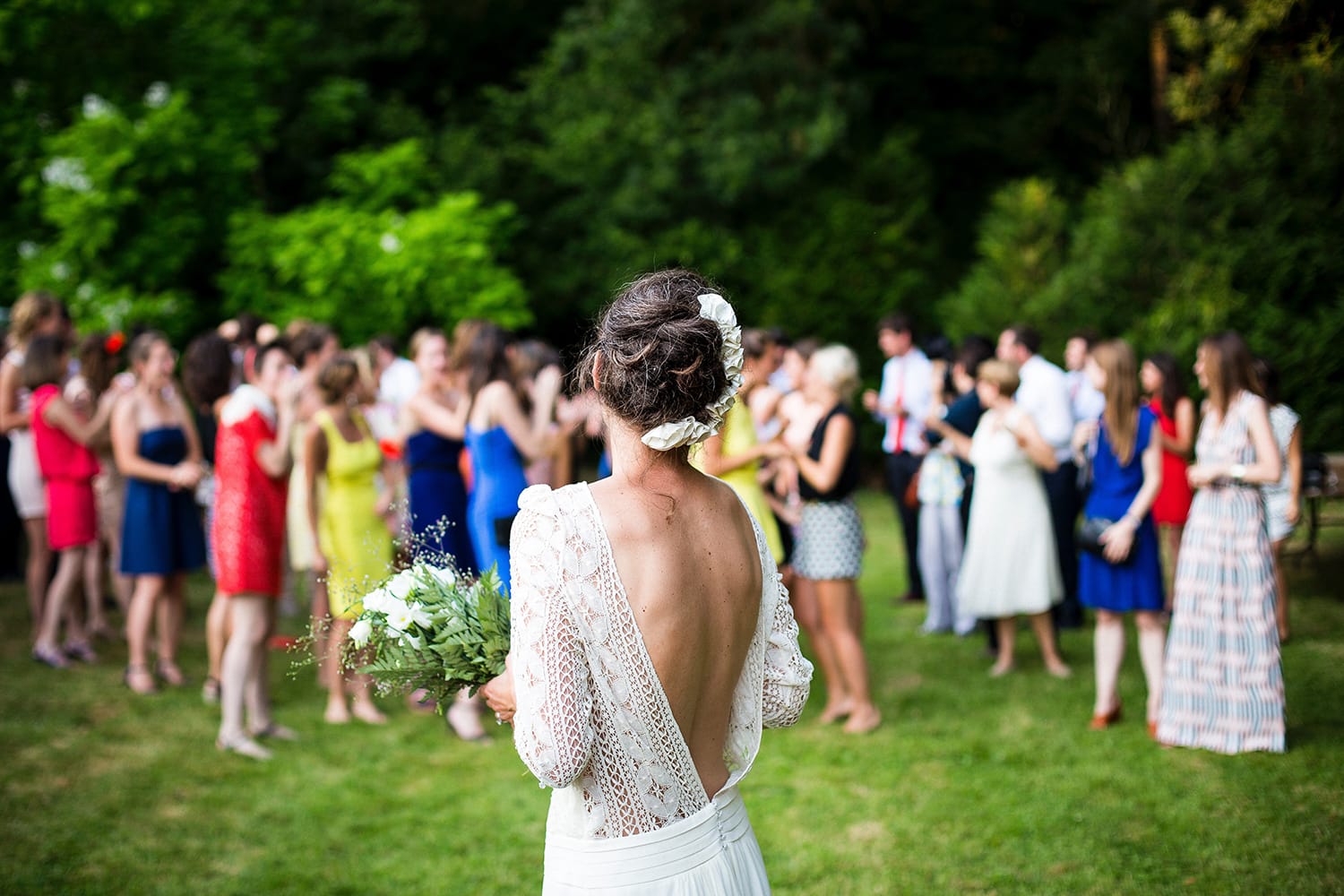
Have An Assistant
While there are some situations where a second shooter isn’t necessary, such as a very small short ceremony outdoors, for the most part, you do not need to take on a wedding alone.
Hire an assistant (another pro) to help you with carrying all of your gear, setting up lighting, and getting shots that you may not be able to get. You can’t be two places at once, so having a second set of hands and eyes will take a lot of stress off of you. When pricing the wedding, include the cost of the second shooter.
Have A Game Plan
When it comes to wedding photography, you really need to know as much about the event as possible before the big day. Of course everything most likely won’t go exactly as planned, but you need to at least know the plan.
Stay in contact with the bride/groom in the days or months leading up to the wedding to stay updated on the plan. You should know what time you need to arrive based on the schedule. Will the bride and groom be getting ready at the location of the wedding (church, venue)? Or will they be at a hotel or friend’s house? Taking images of the bride getting ready is almost always included in wedding photography. So if it’s on your checklist, you need to know where to be and when. You may need to be at a hotel getting images of the bride while your second shooter is with the groom getting photos at another location.
Being a photographer is a lot like being a wedding planner. So communication with the bride is crucial. Ask questions about any special photos they just must have, create a timeline of when to get photos of the wedding party, detail shots, family, etc. Make sure both you and the bride and groom (or wedding planner) have a copy of this so everyone knows where to be and when.
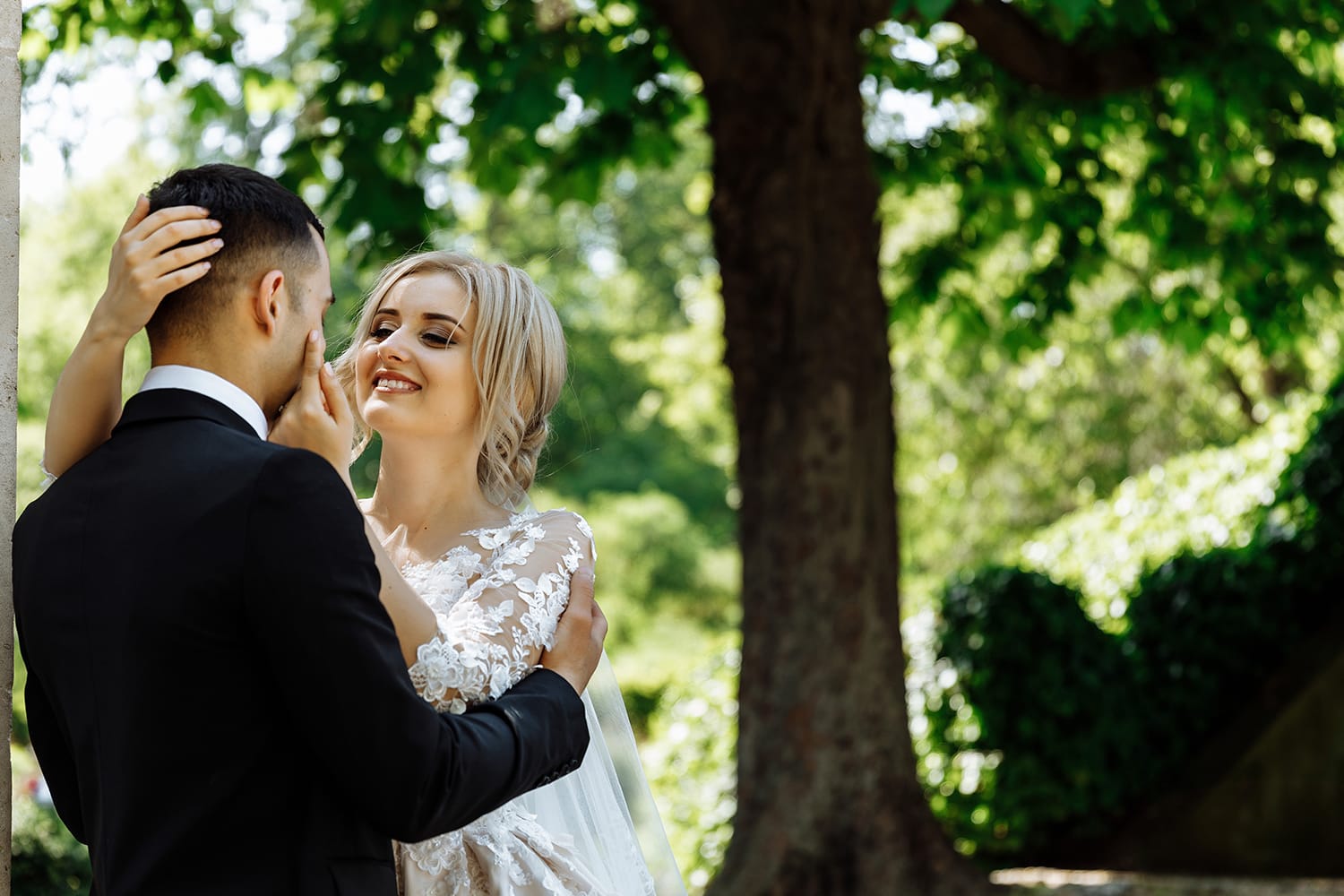
Having a general timeline will help keep the day flowing as smoothly as possible without forgetting or running out of time to cover everything.
Also, visit the venue or church ahead of time so that you can be familiar with the lighting, set-up, etc. Find out if there are any rules about using flash (some churches and ministers simply won’t allow it).
Get an idea of where you and your assistant will need to be standing to get the ceremony photos without being in the way. The less visible you are, the better.
Many photographers attend the wedding rehearsal. This could be a great time to get some test shots in and see first-hand when, where, and how everything will go down.
Checklist of Must Have Shots
Wedding photography presents a lot of photo opportunities. The shots that need to be on your checklist may vary from wedding to wedding, depending on the size and length of the ceremony and the bride’s personal requests. But for a full day wedding gig, getting shots from start to finish, here is a general list of things you need to cover in order to truly capture every special moment and detail of the big day.
- Bride/Groom/Wedding Party getting ready
- Detail shots (rings, décor, dress, flowers, cake, etc.)
- Wedding Party Group Photos
- Bride & Groom
- Family Group Photos
- Ceremony Photos (Dad giving daughter away, walking down the aisle, kiss, ring exchange)
- Reception Photos (cutting cake, first dance, grand entrance, etc.)
- Candids! Get plenty of in-between images throughout the day. Candid shots really give the photos life
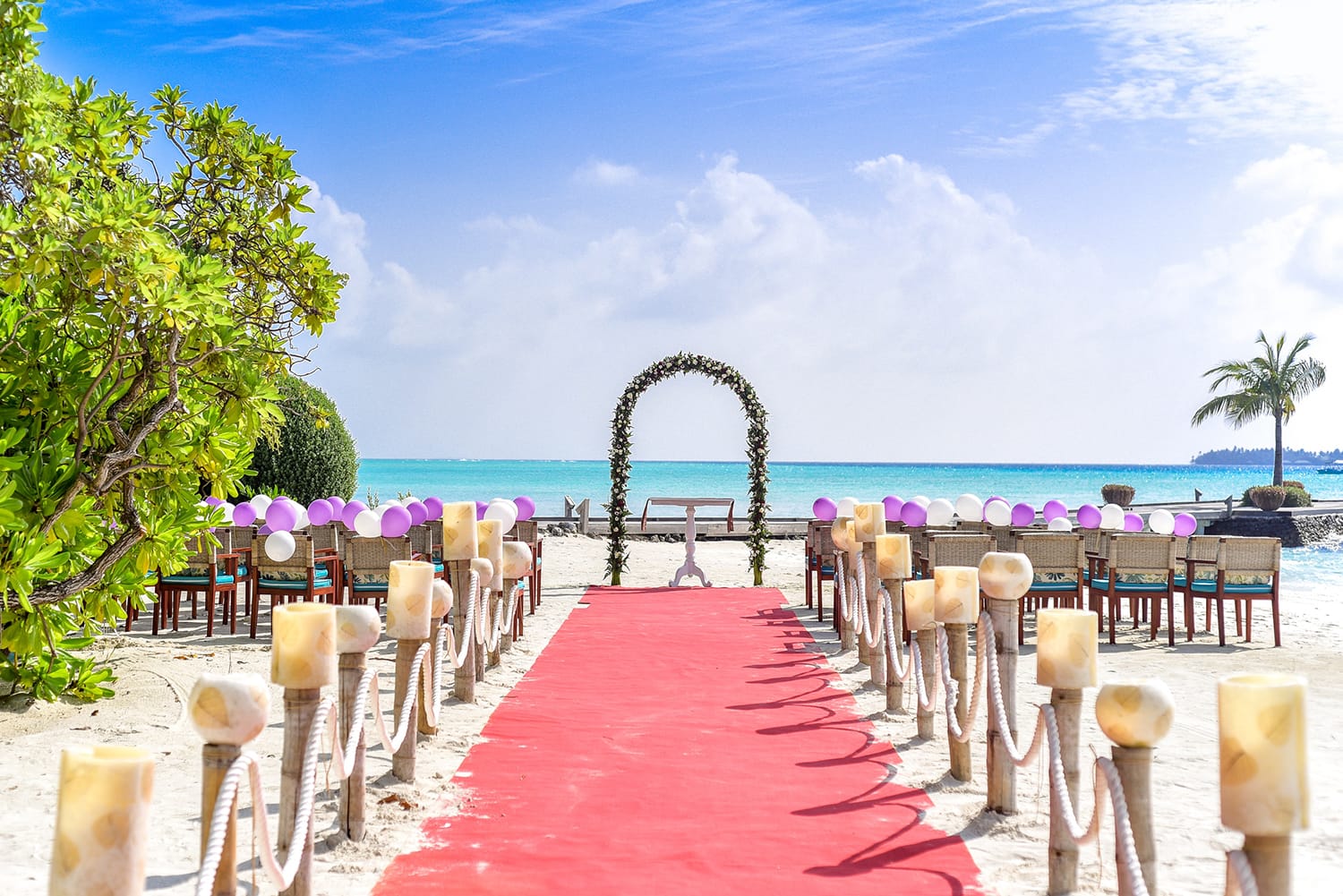
Don’t forget to capture expressions, hugs, tears, everyone having a good time at the wedding, and just any moment that you witness that you feel is worth capturing. Brides love getting to see images of things they may have not been able to witness at their wedding. Let your images tell the story from start to finish. Everything does not need to be posed (although those are necessary also).
Weddings require a lot of responsibility on the photographer’s part. This a big day for the bride and groom and they should be able to look through their gallery of images and be happy with the results. They should be able to re-live that day through photos that cover all of the details and special memorable moments.
If you get some experience in as a second shooter prior to booking your first wedding, keep communication between the bride and groom open and consistent leading up to the day, have all of the proper gear necessary, and have a plan and checklists, you can feel much more confident taking on such a huge and important job.
